 W
WThe Companions were the elite cavalry of the Macedonian army from the time of king Philip II of Macedon, achieved their greatest prestige under Alexander the Great, and have been regarded as the first or among the first shock cavalry used in Europe. Chosen Companions, or Hetairoi, formed the elite guard of the king (Somatophylakes).
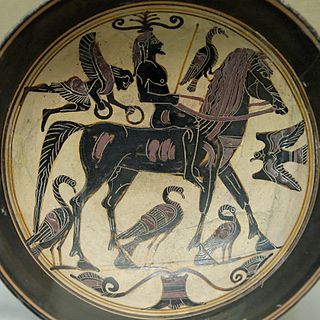 W
WHippeis is a Greek term for cavalry. In ancient Athenian society, after the political reforms of Solon, the hippeus was the second highest of the four social classes. It was composed of men who had at least 300 medimnoi or their equivalent as yearly income. According to the Timocratic Constitution the average citizen had a yearly income of less than 200 medimnoi. This gave the men who made 300 medimnoi the ability to purchase and maintain a war horse during their service to the state.
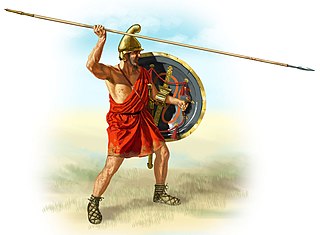 W
WA hypaspist is a squire, man at arms, or "shield carrier". In Homer, Deiphobos advances "ὑπασπίδια" or under cover of his shield. By the time of Herodotus (426 BC), the word had come to mean a high status soldier as is strongly suggested by Herodotus in one of the earliest known uses:
 W
WThe Macedonian phalanx is an infantry formation developed by Philip II and used by his son Alexander the Great to conquer the Achaemenid Empire and other armies. Phalanxes remained dominant on battlefields throughout the Ancient Macedonian Period, although wars had developed into more protracted operations generally involving sieges and naval combat as much as pitched battles, until they were ultimately displaced by the Roman legions.
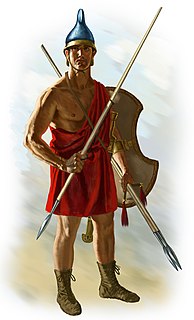 W
WA peltast was a type of light infantry, originating in Thrace and Paeonia, who often served as skirmishers in Hellenic and Hellenistic armies. In the Medieval period, the same term was used for a type of Byzantine infantryman.
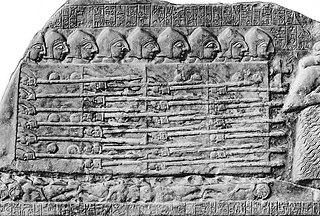 W
WThe phalanx was a rectangular mass military formation, usually composed entirely of heavy infantry armed with spears, pikes, sarissas, or similar pole weapons. The term is particularly used to describe the use of this formation in Ancient Greek warfare, although the ancient Greek writers used it to also describe any massed infantry formation, regardless of its equipment. Arrian uses the term in his Array against the Alans when he refers to his legions. In Greek texts, the phalanx may be deployed for battle, on the march, or even camped, thus describing the mass of infantry or cavalry that would deploy in line during battle. They marched forward as one entity.
 W
WIn Ancient Greek armies, the psiloi were the light infantry who usually acted as skirmishers and missile troops, and who were distinguished from the armored hoplitai by their light weapons and lack of armor.
 W
WThe Sacred Band of Thebes was a troop of select soldiers, consisting of 150 pairs of male lovers which formed the elite force of the Theban army in the 4th century BC, ending Spartan domination. Its predominance began with its crucial role in the Battle of Leuctra in 371 BC. It was annihilated by Philip II of Macedon in the Battle of Chaeronea in 338 BC.
 W
WSomatophylakes in its literal English translation from Greek, means "bodyguards."
 W
WThe Ten Thousand were a force of mercenary units, mainly Greeks, employed by Cyrus the Younger to attempt to wrest the throne of the Persian Empire from his brother, Artaxerxes II. Their march to the Battle of Cunaxa and back to Greece was recorded by Xenophon, one of their leaders, in his work Anabasis.
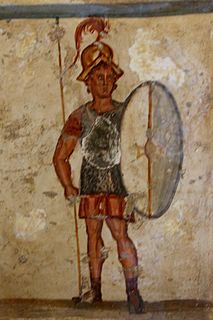 W
WThe thorakitai were a type of soldier in Hellenistic armies similar to the thureophoroi. The literal translation of the term is "cuirassiers", which suggests that they may have worn a short Celtic mail shirt or possibly a linothorax.
 W
WToxotai were Ancient Greek archers armed with a short Greek bow and a short sword. They carried a little pelte (πέλτη) shield. Cretan archers used nearly the same type of equipment except that they used a long bow.